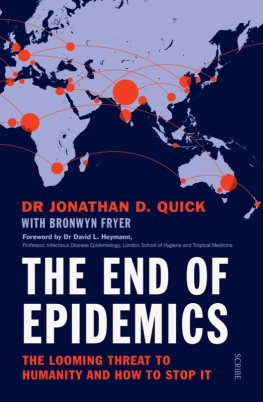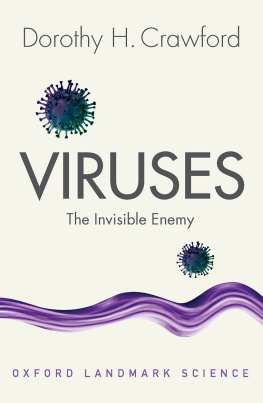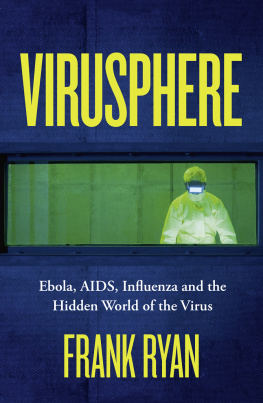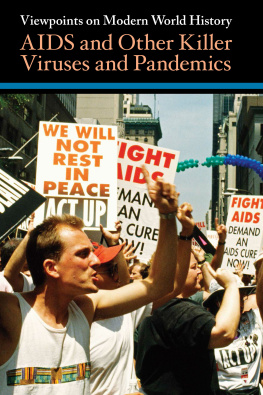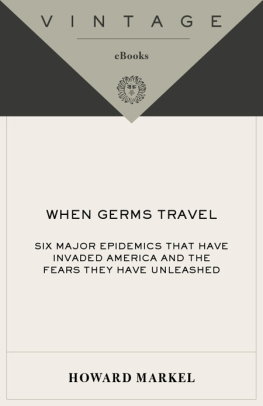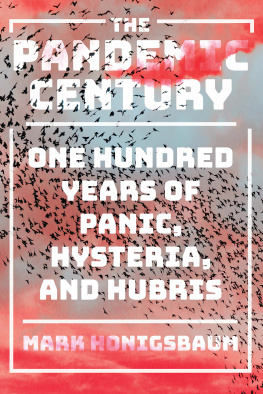
THE END OF EPIDEMICS
Dr Jonathan D. Quick is senior fellow and former president and CEO at Management Sciences for Health in Boston. He is an instructor of medicine at the Department of Global Health and Social Medicine at Harvard Medical School and Chair of the Global Health Council. He has worked in more than 70 countries. He lives in Massachusetts.
Bronwyn Fryer is a collaborative writer and a former senior editor for the Harvard Business Review . She lives in Montpelier, Vermont.
To the memories of
Dr D.A. Henderson, a tenacious and ultimately victorious
leader in the battle to end the scourge of smallpox.
and
Nurse Salome Karwah, an Ebola survivor who saved many lives
and later was le ft to die in childbirth, a victim of stigma.
Scribe Publications
1820 Edward St, Brunswick, Victoria 3056, Australia
2 John St, Clerkenwell, London, WC1N 2ES, United Kingdom
Published by Scribe 2018
Copyright Jonathan D. Quick, MD, and Management Sciences for Health, Inc. 2018
All rights reserved. Without limiting the rights under copyright reserved above, no part of this publication may be reproduced, stored in or introduced into a retrieval system, or transmitted, in any form or by any means (electronic, mechanical, photocopying, recording or otherwise) without the prior written permission of the publishers of this book.
Book illustrations by Mia Roca Alcover
9781925322347 (AU paperback)
9781911344377 (UK paperback)
9781925548327 (e-book)
CiP records for this title are available from the British Library and the National Library of Australia.
scribepublications.com.au
scribepublications.co.uk
CONTENTS
by Dr. David L. Heymann
Prologue:
What can be done to stop the next killer virus from destroying millions of lives?
PART I. THE PANDEMIC THREAT
We can end epidemics with seven sets of concrete actions proven over a century of epidemic response.
How deforestation, climate change, and population movement are turning wildlife into pandemic incubators.
Our global animal food industry and the renegade in fl uenza viruses it spawns could one day annihilate the people it feeds.
Th e threat of an epidemic unleashed by terrorists, lab errors, or irresponsible scientists has never been greater.
In addition to millions of deaths worldwide, we could face global recession and massive social upheaval.
PART II. STOPPING PANDEMICS BEFORE THEY START
When leaders work with urgency, decisiveness, and courage, they can defeat the deadliest viral enemies.
Strong national public-health systems and robust international agencies can ensure health security for all.
Vaccines, mosquito control, and other preventive measures will stop killer diseases before they spread. Constant readiness to respond will save lives.
Trustworthy communications, close listening, and local engagement are the best weapons for fi ghting disease and quelling rumors, blame, distrust, and panic.
Breakthrough innovations bring new tools for preventing, controlling, and eliminating infectious-disease threats.
Th e equivalent of just $1 per year for every person on the planet ($7.5 billion annually) will save lives and pay for itself in lower emergency costs and reduced economic disruption.
Citizen activists and social movements must mobilize the public and hold leaders feet to the fi re.
Epilogue:
Th e threat is imminent. Th e pathway is known. Th e time for action is now.
ACRONYMS
ACLU: American Civil Liberties Union
ACT UP: AIDS Coalition to Unleash Power
ADDO: Accredited Drug Dispensing Outlet
AIDS: Acquired Immune De fi ciency Syndrome
BSE: bovine spongiform encephalopathy
BSL: Biosafety Level
CAFO: Concentrated Animal Feeding Operations
CDC: Centers for Disease Control and Prevention (U.S.)
DDT: dichlorodiphenyltrichloroethane
DNA: deoxyribonucleic acid
EIS: Epidemic Intelligence Service
FAO: Food and Agriculture Organization of the United Nations
G7: Group of 7
G20: Group of 20
GAO: United States Government Accountability O ffi ce
GDP: gross domestic product
GHSA: Global Health Security Agenda
GPHIN: Global Public Health Intelligence Network
GRID: Gay Related Immune De fi ciency
HIV: human immunode fi ciency virus
IHR: International Health Regulation
ISIS: Islamic State in Iraq and Syria
MERS: Middle East Respiratory Syndrome
MBM: meat and bone meal
MMR: measles mumps rubella
MRSA: Methicillin-resistant Staphylococcus aureus
MSF: Mdecins Sans Frontires (in English, Doctors Without Borders)
MSH: Management Sciences for Health
NGO: nongovernmental organization
NIH: National Institutes of Health (U.S.)
PEF: Pandemic Emergency Financing
PEPFAR: Presidents Emergency Plan for AIDS Relief (U.S.)
PHEIC: Public Health Emergency of International Concern
R&D: research and development
SARS: severe acute respiratory syndrome
SMAC: Social Mobilization Action Consortium
TAC: Treatment Action Campaign
UNAIDS: Joint United Nations Programme on HIV/AIDS
UNICEF: United Nations Childrens Fund
USAID: United States Agency for International Development
USDA: U.S. Department of Agriculture
vCJD: CreutzfeldtJakob (mad cow) disease
WHO: World Health Organization
Unless otherwise speci fi ed, all dollar amounts are U.S. currency.
FOREWORD
For more than four decades, I have worked with others throughout the world to fi ght infectious diseases, beginning in India to eradicate smallpox; then moving to Africa to investigate the fi rst Ebola outbreak, to respond to the many Ebola outbreaks that followed, and to investigate clusters of a then-unknown wasting disease we now know as HIV. Later in my career, I led the global program that responded to outbreaks of polio in countries in Asia, Africa, and the Middle East; and led the global response to the outbreak of SARS, an emerging infection that spread rapidly throughout the world.
For nearly ten years, I worked with Jonathan Quick when we were both at the headquarters of the World Health Organization. Jono led the program on essential drugs, while I led that on communicable diseases. In di ff erent ways, we each worked internationally and through national disease-control programs across the globe to strengthen national capacity to prevent and manage infectious-disease threats. Speci fi cally, Jonos team worked to increase access to safe and e ff ective medicines; and as their leader, he never shied from di ffi cult technical and political issues that at times challenged the status quowhile keeping the poorest of the poor at the forefront of his work.
In Th e End of Epidemics: Th e Looming Th reat to Humanity and How to Stop It , Jono again keeps the poorest in focus, and likewise challenges the status quo. He calls on world leaders to quit their dithering, and to respond to the threat of epidemic as if it were a tough adversary that can be beaten, rather than an adversary that inevitably leads to massive sickness and death. Jonos mission has now become one of prevention while infectious-disease outbreaks are small and remain local, to stop them from spreading and becoming major outbreaks, or more infrequently a pandemic.
Jono begins his book by clearly describing the factors that amplify the risk that outbreak-causing microbes will emerge in humans. He notes that deforestation and climate change cause unprecedented disturbances to the natural environment, resulting at times in the closer proximity of wildlife that carry organisms that cause infections, such as Ebola and SARS, in humans. At the same time, he suggests that the global animal food industry is failing to safeguard people from microbes such as the virus that causes in fl uenzamicrobes that are carried by animals on factory farms. In addition to these naturally occurring infections, Jono also discusses the threat of an epidemic caused by the deliberate release of a microbe to cause harm, the consequences of failed biosecurity in laboratories, and the carelessness of irresponsible scientistssuggesting that the danger they cause has never been greater.
Next page
